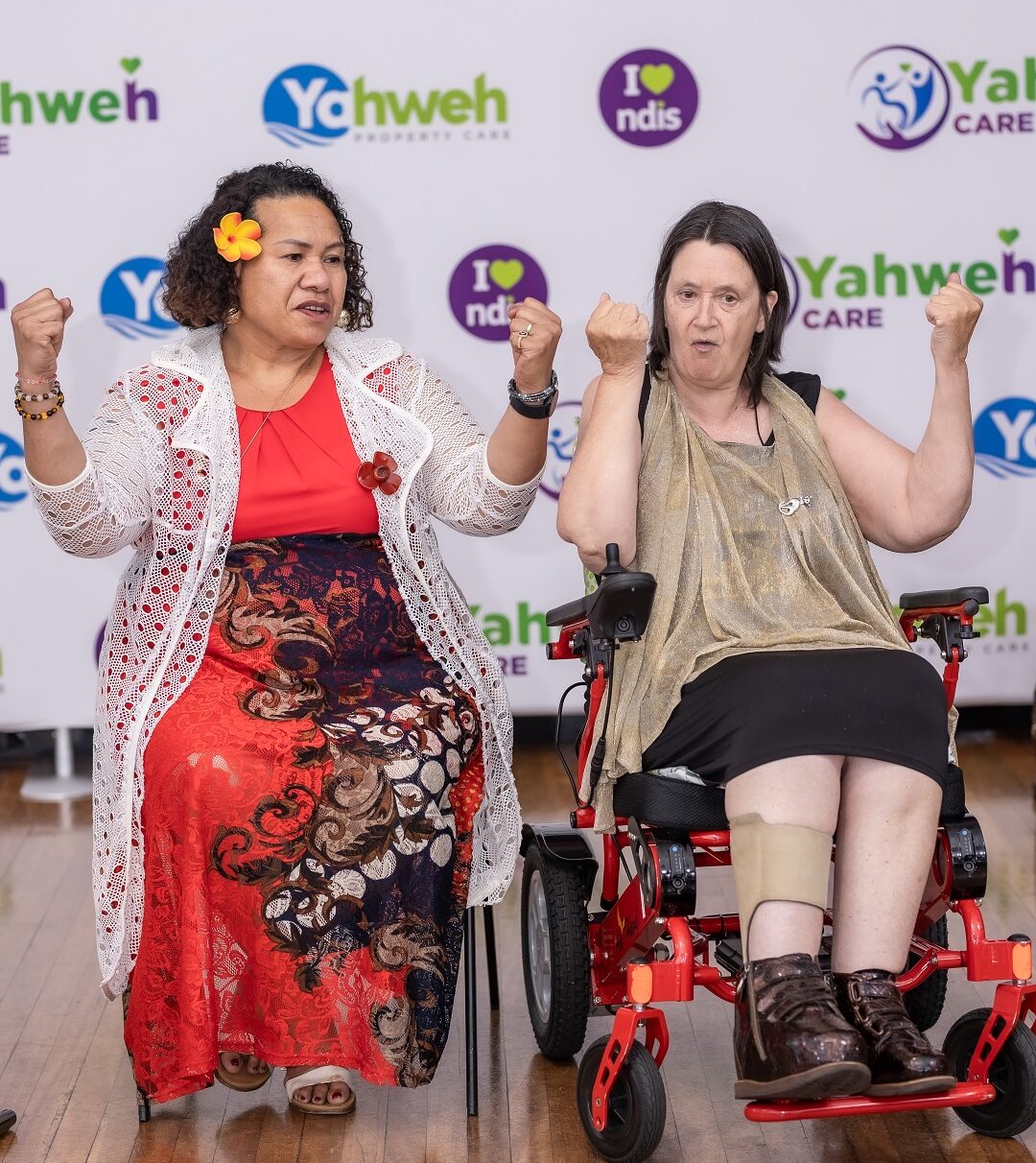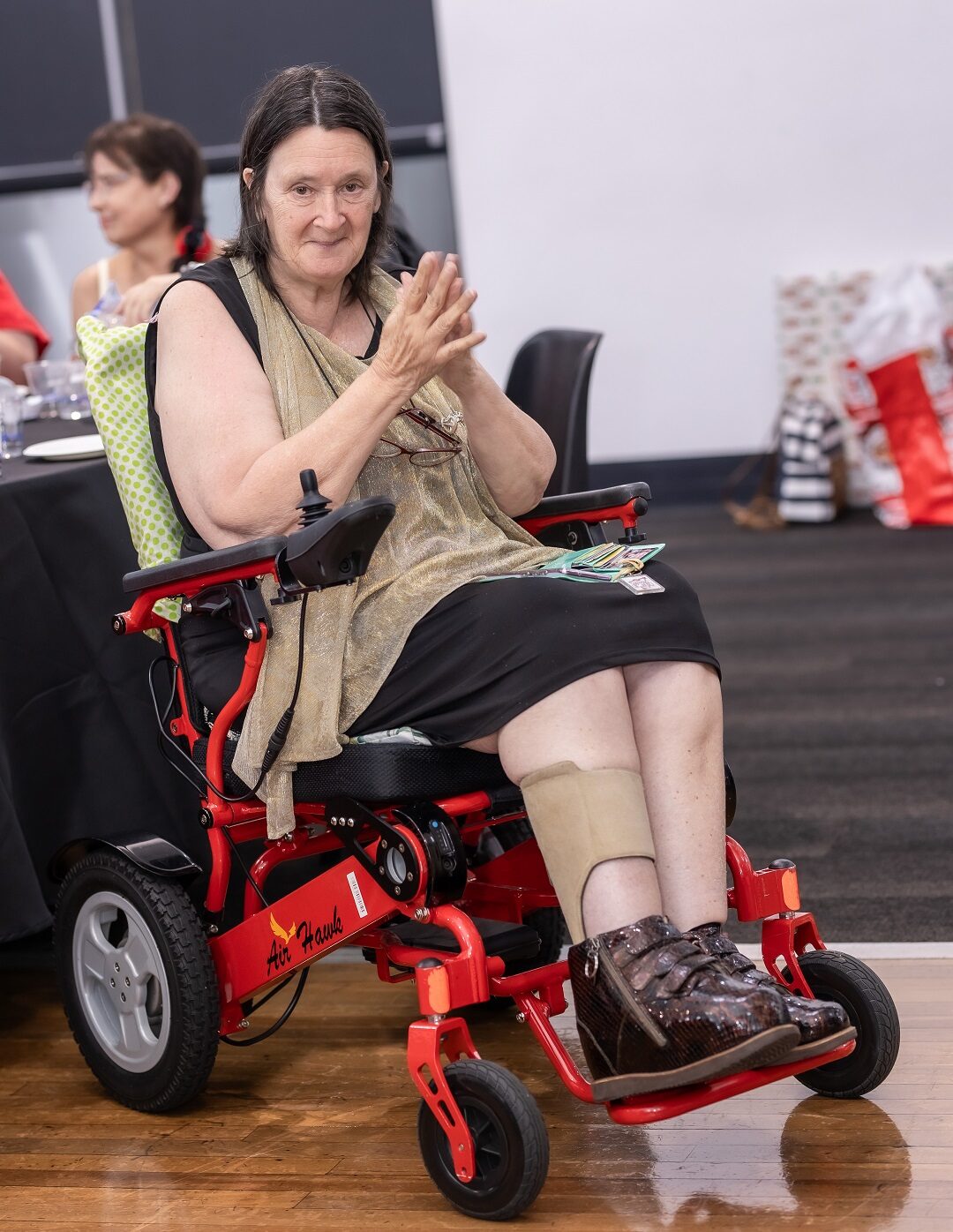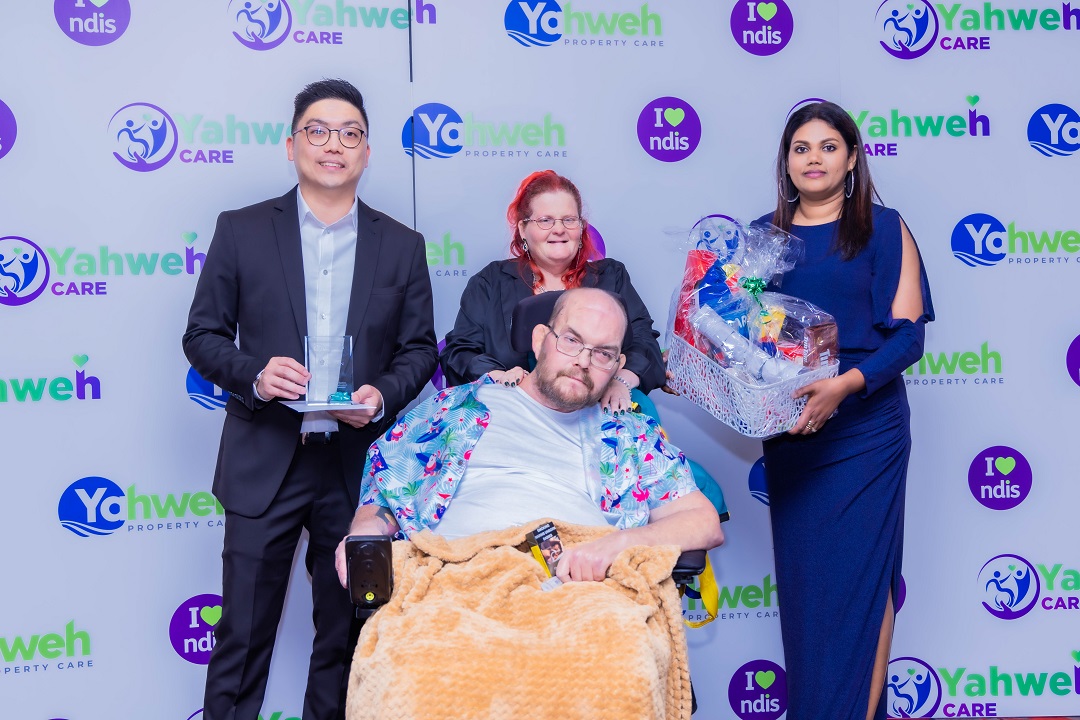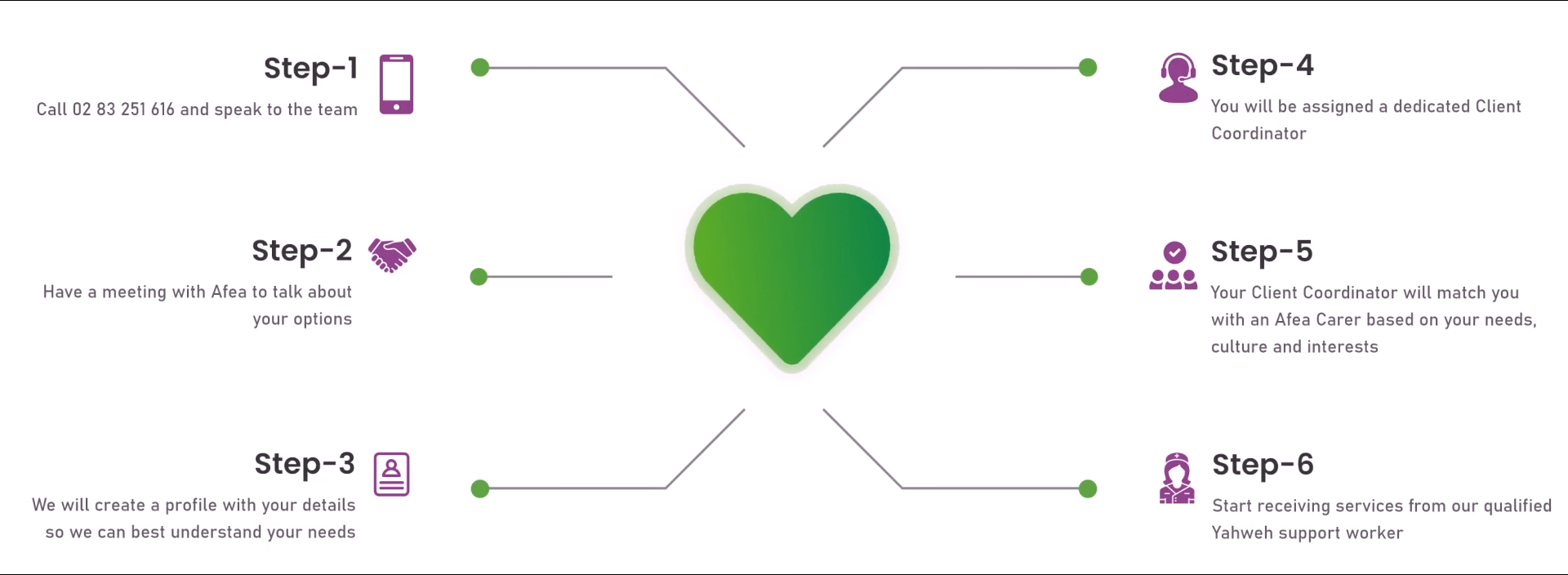SWITCH TO YAHWEH CARE
Providing care and holistic approach to NDIS participants aiming to create opportunities for you to live your best life.
Contact UsAssistive technology is anything that helps people with disabilities do things more easily. It helps them do things they might otherwise find hard or even impossible to do. These tools can support people in many ways—at home, school, work, or just out in the world.
Assistive technology can be simple or advanced. However, it doesn’t have to be fancy or expensive. that is because some tools are very simple. Others use the latest technology. But no matter how they work, they all serve the same purpose. And that is to make disabled individuals’ lives more accessible every day.

Disabilities can be referred to as physical, sensory, mental, or cognitive. Some can identify them since they are visible, and some are not. But no matter the type of disability, assistive technology plays a key role in helping people live with more freedom, control, and dignity.
People of all ages use assistive technology. It can be a young child who has trouble speaking might use a communication app, or an older adult who has trouble hearing might wear hearing aids. Also, it can be person who has lost their legs might use a wheelchair.
It’s also worth noting that many of us use things that were originally designed as assistive tools. Voice-to-text, for example, helps people with motor or learning disabilities. And now, many people use it just for convenience. The same goes for things like subtitles on videos or touchless controls.
Assistive technology comes in many forms. Some tools are low-tech, meaning they don’t use electricity or digital parts. Others are high-tech and might need computers or software to work.
Low-tech examples:
Mid-tech examples:
High-tech examples:
Some tools are built into a medical device you already own. For example, most smartphones now include text-to-speech, magnification, and voice control features. These do not entirely require extreme knowledge to understand their functions.

Assistive technology helps people with complex disabilities do things they want or need to do. This means that:
Assistive technology helps people with mobility challenges move around more easily and safely. Tools like wheelchairs, walkers, canes, and mobility scooters give users more independence at home and in public spaces. Some advanced devices, like powered wheelchairs or exoskeletons, can restore movement to people with serious physical limitations.
Assistive technology helps people manage their speech or language difficulties and express themselves more clearly. Tools like speech-generating devices, communication apps, and picture boards allow users to share thoughts, ask questions, and connect with others. These tools are especially helpful for people with conditions like autism, cerebral palsy, or stroke-related speech loss.
Assistive technology helps people with vision loss read, navigate, and interact with the world more independently. Tools like screen readers, magnifiers, Braille displays, and smart canes provide access to detailed information and improve mobility. These devices support everyday tasks like using a phone, reading signs, or traveling safely.
Assistive technology assists individuals with hearing loss to understand sounds, speech, and conversations more clearly. Broad range of devices like hearing aids, cochlear implants, and amplified phones boost sound while captioning apps and alert systems provide visual or vibrating signals. These tools make communicating easier and staying aware of important sounds in the environment.
Assistive technology helps people with learning disabilities or cognitive challenges stay focused, organized, and productive. Tools like text-to-speech software, audiobooks, and organizational apps support reading, writing, and task management. In school or at work, these tools make it easier to keep up, participate, and succeed.
Assistive technology makes everyday tasks easier for people with physical or cognitive challenges. Tools like grabbers, adapted kitchen utensils, voice-controlled devices, and dressing aids help with cooking, cleaning, personal care, and more. These supports promote independence, making daily routines safer and more manageable for people with different disabilities.
Assistive technology isn’t just about convenience. It’s about inclusion. It’s about allowing people with disabilities to participate in society equally.
Without these tools, many people would be left out. They might struggle in school, miss out on job opportunities, or be unable to care for themselves. That’s not because they can’t do things, but because they don’t have access to what they need.
When someone gets the right assistive tech, it can change their life. A student who once struggled in class might suddenly start participating. A worker might be able to keep their job after an injury. A parent with limited mobility can care for their child more easily.
What works for one person might not work for another. Assistive technology resources must be matched to the person, their abilities, and their goals. It might take time to find the right fit. And sometimes, people must try a few different tools before finding what works best. Aside from that, these may also come at a high cost.
It’s also something that can change over time. A child might need different tools for his development. An adult’s specific needs might shift with age or changes in health.
One must understand that it’s not about fixing a person. It’s about supporting them in the way that works best for them. And the key factor to that is flexibility to regain other sources of functional capabilities.
One big challenge is access. Not everyone can easily get the assistive technology products they need. Some tools are expensive. Others aren’t widely available. In some places, people have insufficient support to find and use the right tools.
Insurance doesn’t always cover it. Schools or workplaces might not provide it. And sometimes, people don’t even know what’s out there. That’s why education, funding, and awareness are so important.
The good news is that more and more tools are becoming affordable and available. There are also nonprofits, schools, and public programs that help people get what they need. And many tech companies are starting to maintain and build accessibility into their products.

There are people whose job is to help match individuals with the right assistive tech. These might be occupational therapists, special education teachers, speech-language pathologists, or rehab specialists. They can do assessments, offer training, and help customize tools to suit the person.
Getting support from these professionals can make a big difference. That’s because it can help someone avoid frustration and find something that truly works.
Technology keeps innovating, and new tools are constantly being developed. Many manufacturers are now using artificial intelligence, robotics, or wearable tech. Most of these are for artificial limbs for replacement that can benefit its user. These advances can offer even more options for people with disabilities.
But even with new technology equipment, the goal remains the same. It is to ensure that everyone has the chance to live fully and independently with the safe use of technology.
If you want further information about assistive technology and its services, contact Yahweh Care. They can help you understand the basic principles of AT and tailor them to your needs.
Providing care and holistic approach to NDIS participants aiming to create opportunities for you to live your best life.
Contact Us


